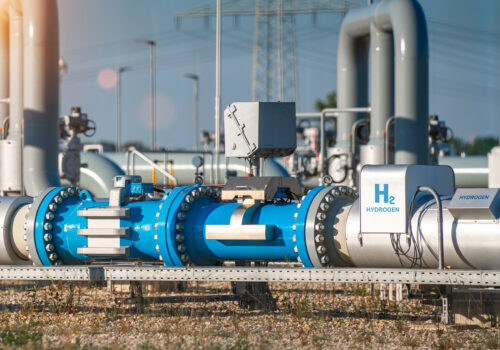Transporting hydrogen: A global outlook on cross-border trade
Clean hydrogen is critical for decarbonizing sectors like fertilizer, steel, and transport. Yet its physical properties make long-distance trade costly and complex, requiring energy-intensive compression or liquefaction for transport, which carry exorbitant costs
Economics strongly favor regional pipelines over maritime shipping, which faces high boil-off losses and low volumetric energy density. Viable international trade will thus most likely occur through hydrogen carriers like ammonia and methanol, or by transmitting electricity directly to production sites near end-users.
Current annual global hydrogen demand stands at about 95 million metric tons and is primarily used as a feedstock for fertilizer production, methanol manufacturing, and oil refining. China and the United States are the largest consumers, and nearly all existing production is derived from fossil fuel sources. As the use of clean hydrogen for energy grows, however, future demand will concentrate in wealthy regions, particularly Europe, which targets 10 million tons of imports of clean hydrogen by 2030. Europe may be the world’s most probable major interregional hydrogen importer due to strong decarbonization commitments and limited indigenous clean energy resources.
Hydrogen’s most promising trade routes involve connecting overland neighbors by pipelines or wires, potentially deepening integration among North American countries or Europe with North Africa. However, these projects face geopolitical constraints and investment challenges. Other countries like Chile and Australia, despite excellent renewable resources, are disadvantaged by geographic isolation from major demand centers. Thus, to promote the use of hydrogen as an energy carrier, policymakers and industry stakeholders should prioritize policies to support the development of abundant domestic clean electricity sources and focus on regional rather than transoceanic clean hydrogen trade partnerships.
Read the full issue brief
About the author
Related Content
Explore the program

The Global Energy Center develops and promotes pragmatic and nonpartisan policy solutions designed to advance global energy security, enhance economic opportunity, and accelerate pathways to net-zero emissions.
Image: An H2 logo is pictured at the Hyvolution exhibition in Paris, France, January 28, 2025. REUTERS/Benoit Tessier




